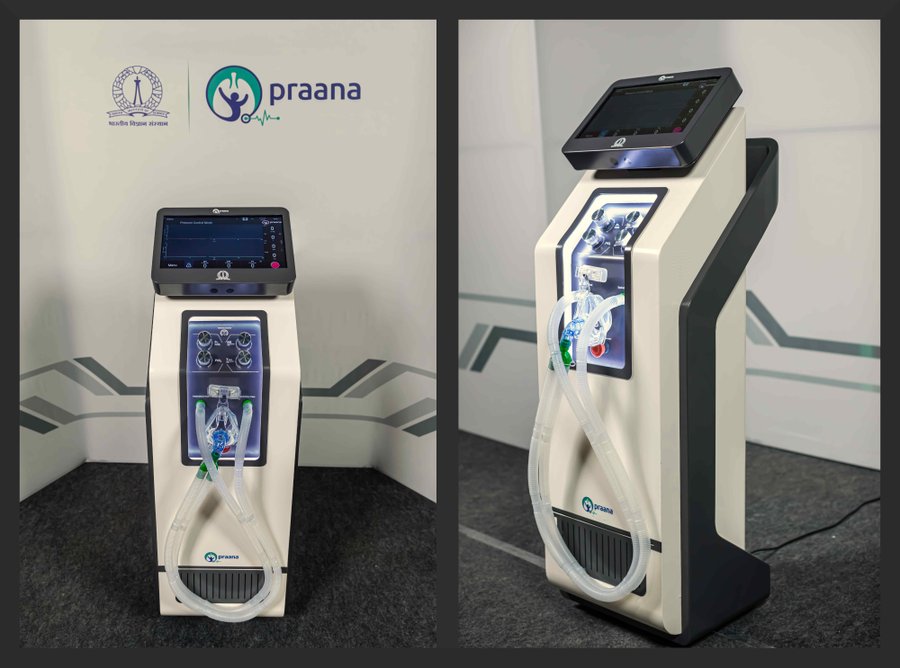- Joined
- Nov 23, 2017
- Messages
- 6,239
- Likes
- 26,077
They are using a liquid coolant, possibly not a fireproof suit.i didn't understand the second part of your query
I meant a mini air-conditioner pumping air into full fireproof overall, like G-suits.
They are using a liquid coolant, possibly not a fireproof suit.i didn't understand the second part of your query
Possibly but common sense dictates they will select a coolant which is not a fire hazard or is atleast resistant to it , because fire is the most common hazard inside a tank . Any defence product is built to corresponding mil grade certifications either nato or own and orgs like DGQA etc need to certify it. Regulations are extremely tough for personal protective equipments .They are using a liquid coolant, possibly not a fireproof suit.
I meant a mini air-conditioner pumping air into full fireproof overall, like G-suits.
No no, I didn't mean the coolant is a fire hazard. But the suit itself does not look fireproof. And do while wearing the cooling vest they cannot possibly wear another layer to protect them against fire hazard.Possibly but common sense dictates they will select a coolant which is not a fire hazard or is atleast resistant to it , because fire is the most common hazard inside a tank . Otherwise DGQA will not certify it . Any defence product is built to corresponding mil grade certifications either nato or own and orgs like DGQA need to certify it.
Yes it looks so , but I think it should be flame retardant .No no, I didn't mean the coolant is a fire hazard. But the suit itself does not look fireproof. And do while wearing the cooling vest they cannot possibly wear another layer to protect them against fire hazard.
So I meant a full-body overall made of flame resistant materials, with cool air ventilation from a very small mini-AC (not like that below, but fixed one with detachable pipes connected).View attachment 49085
View attachment 49084
What is milo?View attachment 49090View attachment 49090
Flow chart diagram of the design methodology for DRDO MILO
Magnetically Insulated Transmission Line Oscillator .What is milo?

Hope Government encourages adoption of these local innovations.On May 29, 2020, IISc’s Project PRAANA team successfully completed the prototyping of an indigenously developed ICU-grade #ventilator.
Video:
Built using a custom designed pneumatic system controlled by a microprocessor, it uses proprietary algorithms and techniques to blend air and oxygen in the desired ratio. (2/n)
It also has fine-grained control of patient-side respiratory parameters such as respiration rate, inspiration to expiration ratio, FiO2, and PEEP. It supports both invasive & non-invasive ventilation
The ventilator uses only components made in India or easily available in the domestic supply chains. The team took about 35 days to go from the drawing board to a proof-of-concept system, and then a working prototype in another two weeks. (4/n)
Project PRAANA was started by IISc faculty members Gaurab Banerjee, Duvvuri Subrahmanyam, TV Prabhakar & Pratikash Panda, Bangalore-based engineer Manas Pradhan and retired IISc professor HS Jamadagni. (5/n)
Many volunteers helped, including physicians Dr. Supreet Khare, Dr. Sriram Sampath, and Dr. Krishna Prasad. “We are now actively exploring options to collaborate with an industry partner to further co-develop the prototype into a field-ready product,” says Subrahmanyam. (6/n)
The project received internal support from IISc, external funding from the office of
@PrinSciAdvGoI
and a CSR contribution from
@SBI_FOUNDATION
. Narayana Health, Bengaluru, provided medical testing equipment for verification of the ventilator performance. (n/n)
I want to say K5 but that would probably need a full round top for multiple mirvs.
These things look so simple but they are historic change. That's what actually makes a country an industrial superpower. The ability to come up with practical products based on available tech.On May 29, 2020, IISc’s Project PRAANA team successfully completed the prototyping of an indigenously developed ICU-grade #ventilator.
Video:
Built using a custom designed pneumatic system controlled by a microprocessor, it uses proprietary algorithms and techniques to blend air and oxygen in the desired ratio. (2/n)
It also has fine-grained control of patient-side respiratory parameters such as respiration rate, inspiration to expiration ratio, FiO2, and PEEP. It supports both invasive & non-invasive ventilation
The ventilator uses only components made in India or easily available in the domestic supply chains. The team took about 35 days to go from the drawing board to a proof-of-concept system, and then a working prototype in another two weeks. (4/n)
Project PRAANA was started by IISc faculty members Gaurab Banerjee, Duvvuri Subrahmanyam, TV Prabhakar & Pratikash Panda, Bangalore-based engineer Manas Pradhan and retired IISc professor HS Jamadagni. (5/n)
Many volunteers helped, including physicians Dr. Supreet Khare, Dr. Sriram Sampath, and Dr. Krishna Prasad. “We are now actively exploring options to collaborate with an industry partner to further co-develop the prototype into a field-ready product,” says Subrahmanyam. (6/n)
The project received internal support from IISc, external funding from the office of
@PrinSciAdvGoI
and a CSR contribution from
@SBI_FOUNDATION
. Narayana Health, Bengaluru, provided medical testing equipment for verification of the ventilator performance. (n/n)
Is that one of ours?
Agni 3Want a hint ?
YesAgni 3
HSTDV ?Any guess for the 2nd pic ?
